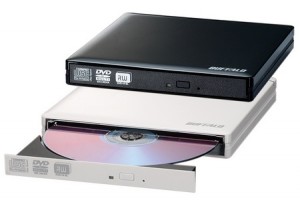Popular Posts
Pages
Blogroll
Archive
-
▼
2014
(56)
-
▼
November
(25)
- Primary research: Questionnaires
- Primary research: Observations
- Primary research: Interview
- Qualitative research: Discussion
- Qualitative research: Attitudes to media products
- Secondary research: Government statistics
- Secondary research: Circulation figures
- Secondary research: Audio material
- Secondary research: CD rom databases
- Secondary research: Searching internet forums
- Secondary research: Worldwide web
- Secondary research: Photo libraries
- Secondary research: Film archives
- Secondary research: Newspapers
- Secondary research: Periodicals
- Secondary research: Reference-based books
- Secondary research: Journals
- Secondary research: Books
- Activity - Media Research Organisations (Extended)...
- Activity - Media Research Organisations (Extended)...
- Activity - Media Research Organisations (Extended)...
- Activity - Media Research Organisations (Extended)...
- Qualitative Research: Responses to news coverage
- Qualitative Research: Responses to advertising cam...
- Case study: Protecting your rights and earnings pa...
-
▼
November
(25)
Popular Posts
- Secondary research: Newspapers
- Primary research: Audience panels
- Qualititative Research: Fanzine websites
- Qualitative research: Attitudes to media products
- Quantitative Research: Box office figures
- Audience research: Geodemographics
- Secondary research: Government statistics
- Qualitative Research: Film reviews
- Quantitave Research: Programme Ratings
- Secondary research: Books
- Home »
- Secondary research: CD rom databases
A CD-ROM which stands for a Compact Disc Read-Only Memory, uses the same technology as a CD, it is laser read (although it has been said to sometimes be optically ready)data warehousing device, which means that text, imagery, audio and video can be stored on these discs. A CD-ROM is a medium for the use of storage of huge amounts of information, this then can be accessed through the CD-ROM drive on a computer.
One CD-ROM can store 650-900 megabytes of data. The length of time that this data may be accessible on the CD-ROM is debatable, this all depends on the real quality of manufacturing, it has been estimated to last around 2-15 years. CD-ROM databases that have sound effects already stored on them in a library are the most popular type of CD-ROM'S, these are called Ambient rom database's, may databases are available to buy that you can then store on your choice of library storage, if you would only need to use it once and not again you can hire these from a library.




